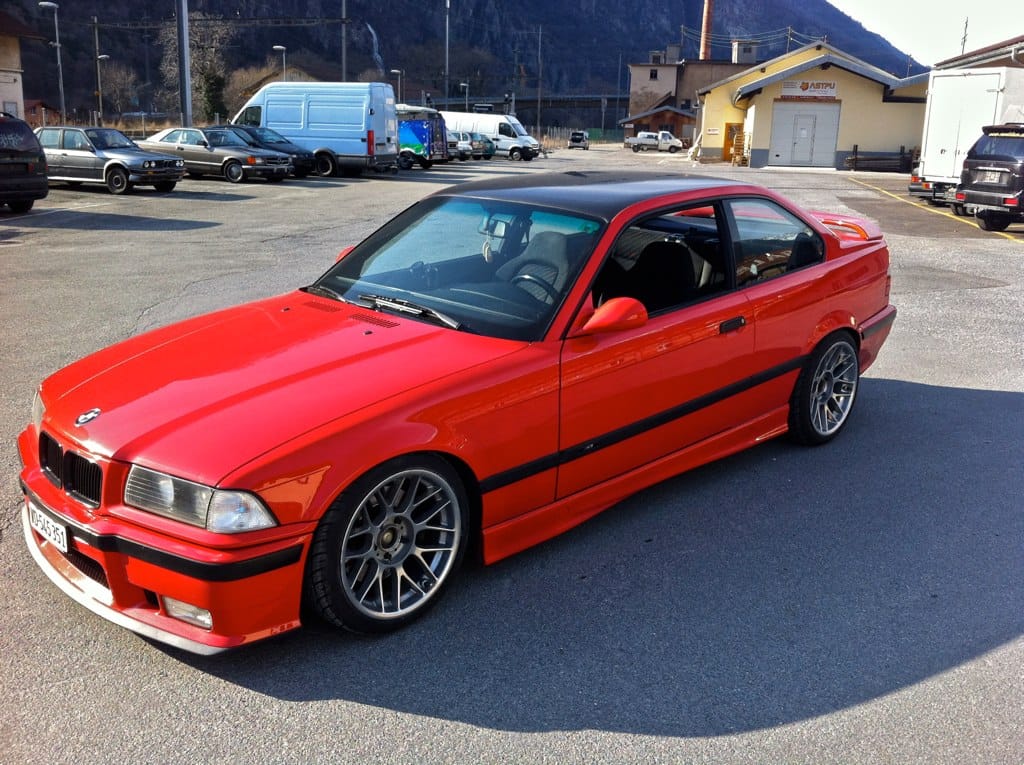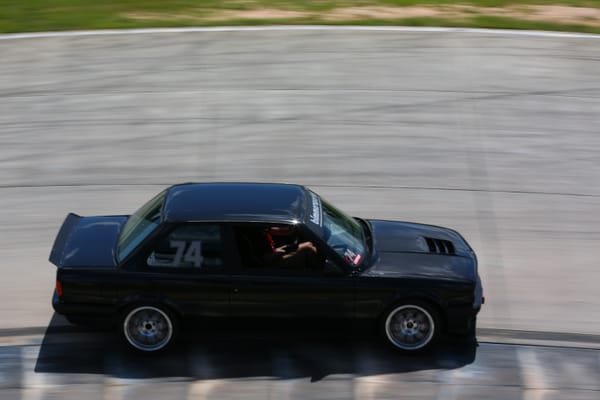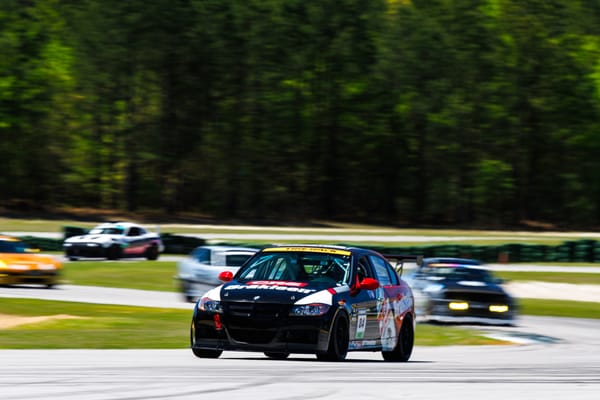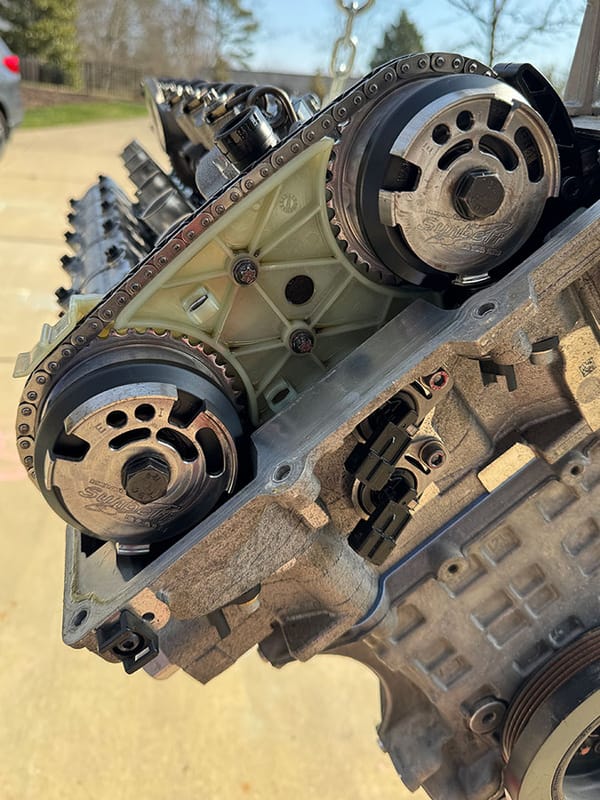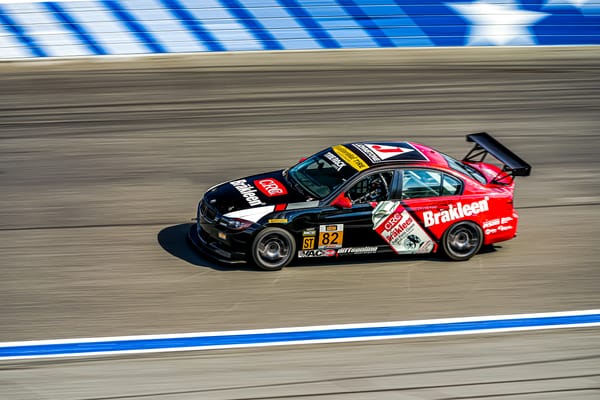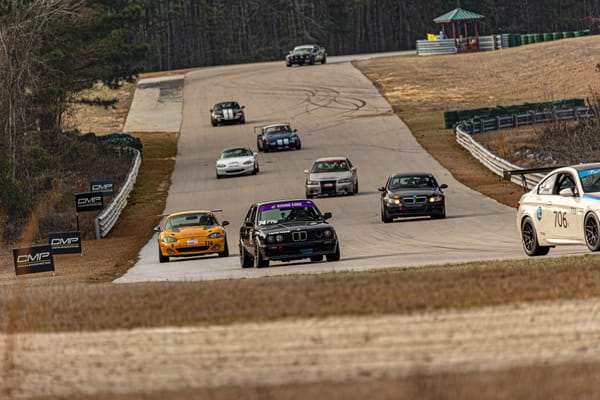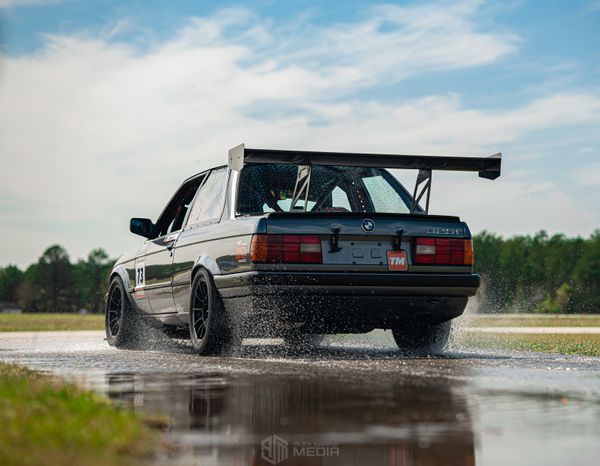Apex was founded in the late 2000s but gained traction in the mid-2010s. Their first model, the ARC-8, bore an eerie resemblance to the BBS RC. Catering to the BMW street and track enthusiast crowd, the ARC-8 was pitched on competitive prices, reasonable quality control, and various widths, offsets, and colors to meet any need. This combination of value and selection proved to be just what the market needed at the time.
Over nearly two decades, Apex has become a formidable wheel supplier for the Euro market. In recent years, they have moved upmarket, offering a variety of fully forged wheels. Apex is not alone in making the forged wheel market more accessible–brands like Titan 7, Konig, Technical Alloy (TE:AL), and BC Forged have also entered the space, offering Chinese-manufactured, 10,000lb forged wheels at prices 25-50% lower than what was traditionally seen in the market.
The success of Apex and similar brands has demonstrated a real demand for a wide selection of lightweight, strong, and affordable wheels. However, for those who value originality in design and intellectual property, Apex remains a brand that draws heavily on existing designs rather than pioneering new ones.
This is not to single out Apex, as they are far from the only company taking this approach. Instead, this is meant to provide some perspective to those who may not be familiar with the origins of certain wheel designs. Apex offers a solid product at a competitive price, and I'd still recommend them over many other alternatives. That said, I take issue with the fact that many of their designs closely follow those of historically significant brands like BBS and Volk.
For some, this may be common knowledge. But for those interested in the details, let's look at their designs and the originals that influenced them.





Apex ARC-8 (first 3) versus BBS RC (last 2).
ARC-8 (BBS RC)
The wheel that put Apex on the map, the ARC-8 strongly echoes the BBS RC design. Today, the ARC-8 is available in so many sizes and profiles that some versions have taken on a more distinct look, whereas the BBS RC was offered in more limited configurations.
Like most Apex wheels, the ARC-8 is now available in a fully forged version. The forged model typically has sharper, more refined lines and may incorporate additional machining processes, such as I-beam spokes, that aren't feasible with cast or flow-formed manufacturing.





Apex EC-7 (first 3) versus the BBS RE (second 2).
EC-7 (BBS RE)
The BBS RE heavily inspires the Apex EC-7. The resemblance is especially strong in the forged version of the EC-7 centerlock, though the flow-formed version has thicker spokes near the hub—likely for strength considerations.
This model is a good example of the pricing gap between forged wheel manufacturers. Apex's forged version, the EC-7RS, costs roughly 70% less than the BBS RE.




Apex SM-10 (first 2) versus Advan RZ-F2 (3rd) versus Volk ZE40 (4th)
SM-10 (Advan RZ-F2 / Volk ZE40)
The SM-10 might be Apex's most original design, but it still resembles the Advan RZ-F2 and the Volk ZE40. The key distinction is in the spoke curvature—specifically where the spoke meets the wheel's lip. The RZ-F2 and ZE40 have spokes that widen at the edge, while the SM-10 maintains its width, creating visual continuity across the face of the wheel.



Apex ML-10RT (first 2) versus BBS LM (3rd)
ML-10 (BBS LM)
Apex seems to have been a bit cheeky with naming this one the ML—a not-so-subtle nod to the legendary BBS LM (Le Mans). If there's a wheel design that could slide by without a lot of scrutiny, it's this one. The 10-spoke mesh wheel pattern is one of the most ubiquitous, and the one-piece construction visually differentiates the ML from the two-piece BBS LM.






Apex VS-5 (first 3) versus BBS FI/RI (last 3)
VS-5 (BBS RE/FI/RI)
The VS-5 takes cues from various iterations of the BBS FI and RI lines. The primary difference is the curvature of the spokes after they separate from the hub: Apex's version features a sharper angle, though the BBS RI-S exhibits a similar characteristic. Ultimately, the VS-5 is a fusion of elements from multiple FI/RI variations.
EDIT: A friend pointed out that the BBS RE1366 (seen below) is likely the inspiration for the VS-5.

Manufacturing: Apex vs. BBS
Apex produces its wheels in China, where labor, materials, and production costs are lower. Their wheels use modern flow-forming or forging techniques to ensure high strength and lightweight while keeping costs manageable.
In contrast, BBS, particularly its high-end forged models, undergoes a more meticulous production process in Japan and Germany, where manufacturing standards are among the highest in the world. BBS uses proprietary forging techniques and heat treatment processes that optimize strength and weight reduction (see: FI-R).
BBS and Apex both claim to undergo additional quality control measures, testing, and certification that exceed standard industry requirements.
Undoubtedly, BBS trades on its long history and reputation to command a price premium on its wheels.

The Inspired Becomes The Inspirer
Established designs clearly influenced Apex's wheels, but what is ironic is that Apex itself has become a target for counterfeiting. Buying fake Apex wheels on platforms like Alibaba/Aliexpress for a fraction of the retail price is possible. In essence, you can now buy a knockoff of a wheel already heavily inspired by another design, further blurring the lines between homage and outright replication.
Since Apex manufactures in China, it is often insinuated that these forgeries "fell off an Apex truck" or were "back-doored from Apex's own factory." I doubt this is the case, and I believe others use it as moral justification for buying a fake of an homage. No company deserves to be counterfeited, but unfortunately, most Apex fakes feature the Apex name, logo, branding, and model names.
My advice: caveat emptor.
In Summary
So there you have it—Apex's catalog, viewed through the lens of its design inspirations. Apex has made high-performance wheels more accessible to enthusiasts and racers, offering a balance of quality and affordability. But for those who appreciate original design and heritage, it's important to recognize where these wheel designs came from.
What are your thoughts? Reach out here.


